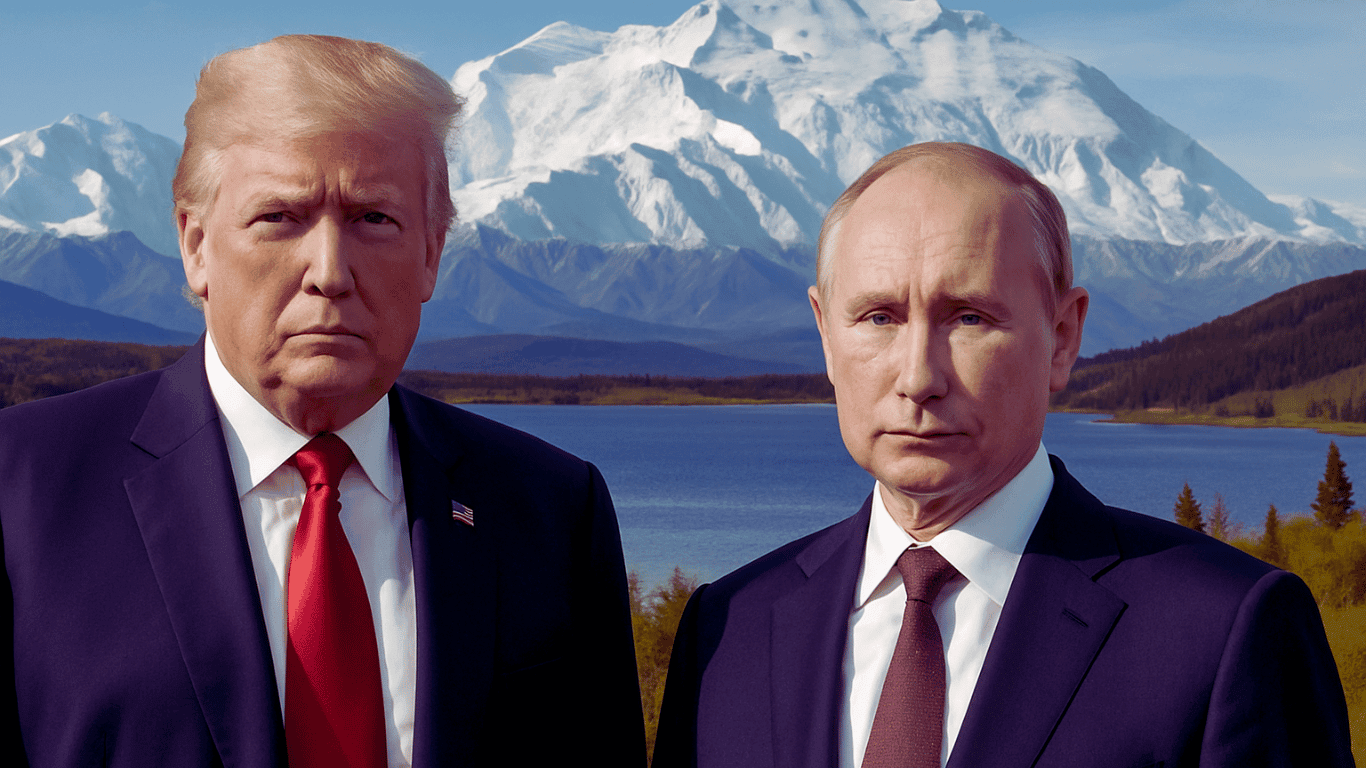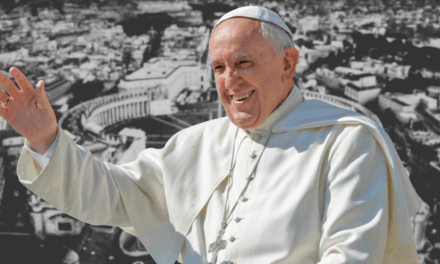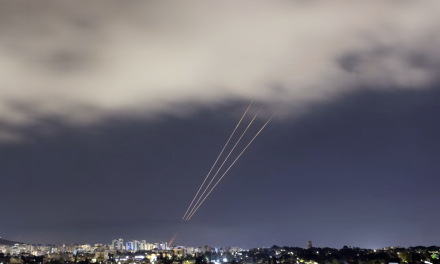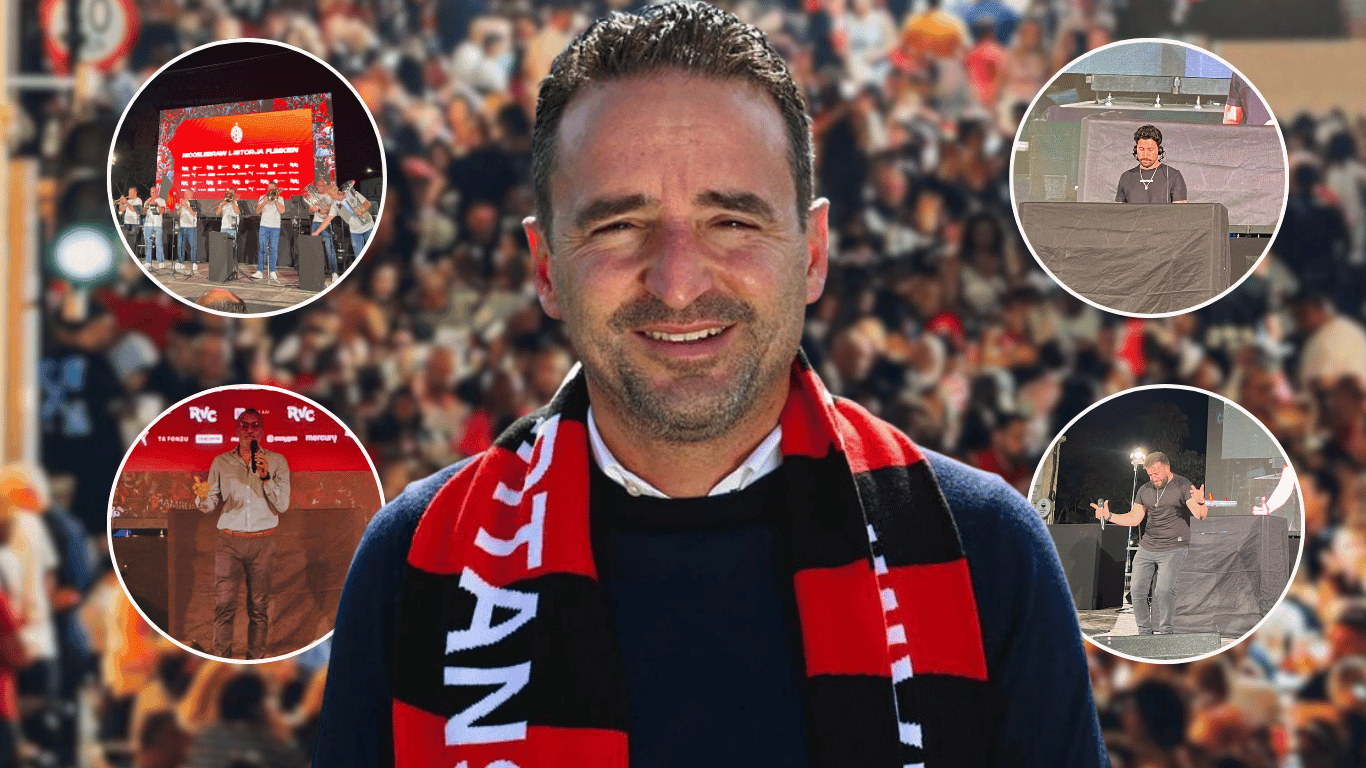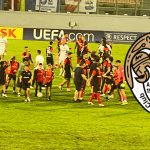US President Donald Trump and Russian President Vladimir Putin are set to meet in Alaska for a high-stakes summit on the war in Ukraine.
Putin’s Goals:
-
International Recognition: By securing a high-level meeting with the US, Putin seeks to demonstrate that Western efforts to isolate Russia have failed. The summit itself and a planned joint press conference serve as powerful symbols of Russia’s return to the top tier of global politics.
- Strategic Location: Alaska’s proximity to Russia and distance from Europe allows Putin to bypass “hostile” nations and sideline Ukraine and EU leaders, dealing directly with America.
Moscow also uses the historical symbolism of Tsarist Russia’s sale of Alaska to justify its modern attempts to change borders by force. - Territorial Victory: Putin’s ultimate goal is to win the war, insisting that Russia retains all occupied Ukrainian land and that Kyiv withdraw from the four regions of Donetsk, Luhansk, Zaporizhzhia, and Kherson.
He may believe that if Trump supports these demands, it could lead to the US cutting off support for Ukraine.
Trump’s Agenda:
-
A “Peacemaker” Legacy: Trump has promised to end the war quickly, a pledge that has defined his approach to the conflict.
However, his statements and actions have been inconsistent, swinging from frustration with both sides to proposing “land-swapping” ideas that concern Ukraine. - Muddled Messaging: Despite threatening new sanctions, Trump has repeatedly backed away from deadlines.
His hosting of Putin on US soil and his discussion of potential land concessions have created uncertainty about his true intentions. - Pressure and Compromise: While some believe Russia’s economic pressures might force a compromise, Russian officials continue to project confidence on the battlefield. Trump’s vacillating behavior makes it difficult to predict what he truly seeks from the meeting, beyond a desire to appear as the architect of a peace deal.

